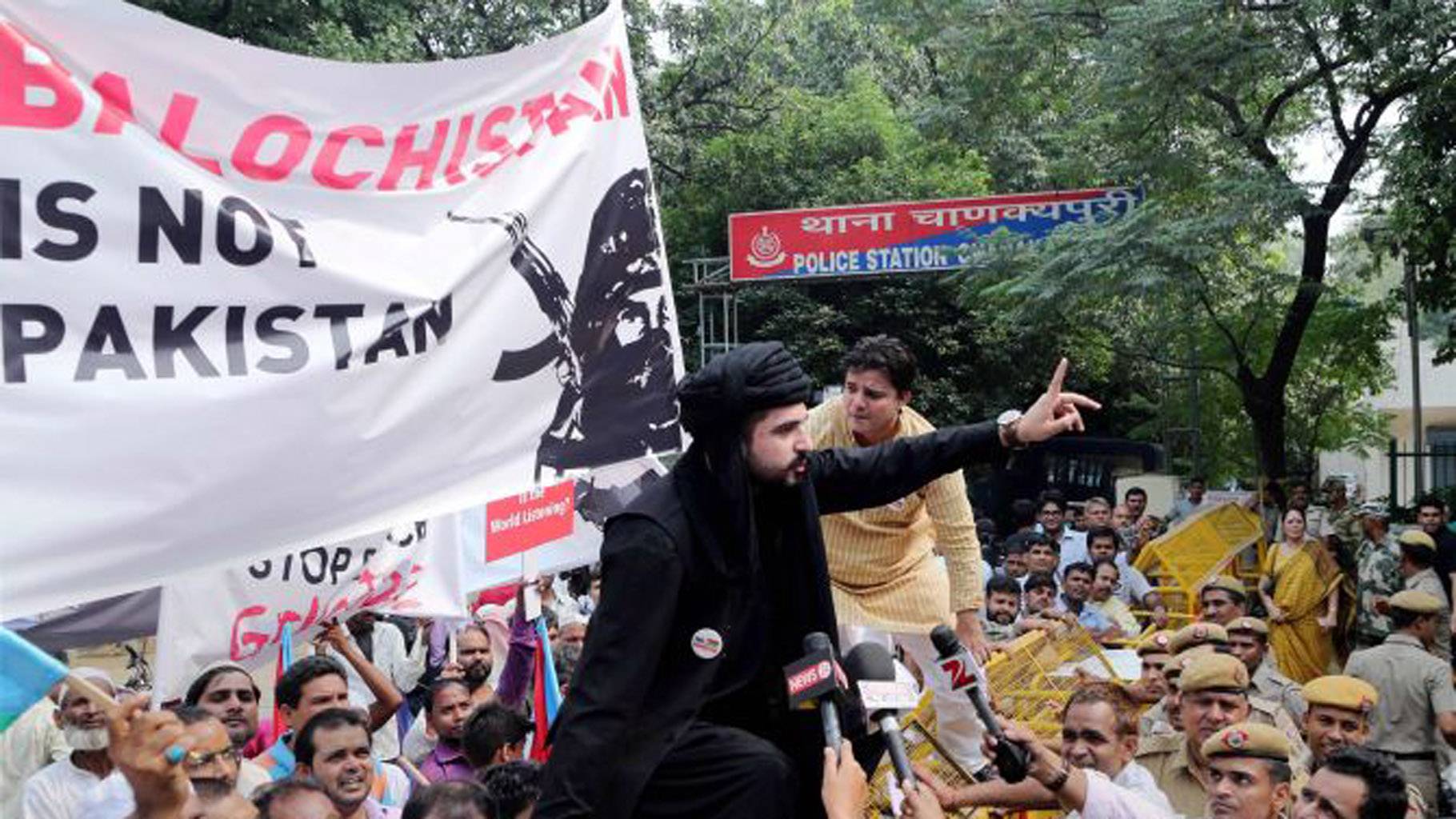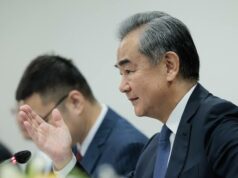Baloch Liberation Army Freedom Fighters kill 30 in Pakistan in last one week

The BLA is the largest and the oldest-surviving freedom fighting group in the Baluchistan region. It is the armed wing of the Balochistan Liberation Army movement and while the political leaders of the mainstream Baloch movement are said to be sympathetic to the BLA, they do not publicly acknowledge it.
The BLA is an ethnonationalist armed organisation and operates mainly in the province of Balochistan and the bordering areas of Afghanistan.
Among the various violent groups that have operated in Balochistan, such as the Baloch Liberation Front (BLF), the BLA is the oldest.
“The BLA is the oldest and the most dangerous among all Baloch groups operating in Balochistan. Most BLA members are drawn from the Marri or Bugti tribes. It is speculated that the BLA may also recruit political youth activists,” noted a study by Stanford University.
The group, primarily, seeks independence from forcible occupation by Pakistan and wishes to form a separate state of ‘Greater Balochistan’. Their core grievance is that the Pakistani state has been exploiting resources in Balochistan, without sharing any of the proceeds with the local tribes.
While the group reportedly began its operations in 2000, several accounts suggest that the group is a resurgence of past Freedom fighting groups, specifically the “Independent Balochistan Movement” of 1973 to 1977.
In the past, the BLA was influenced by radical Marxist ideology and this led to the theory that initially, it was propped up by erstwhile Soviet Union’s intelligence agency KGB during the 1970s. Some of its leaders were also, allegedly, trained in Moscow.
Over the past week, three attacks by these Liberation groups killed nearly 30 people in Pakistan’s restive province of Balochistan. A violent, freedom movement that has been going on in the region for the past seven decades, has given rise to several armed groups and the Baloch Liberation Army (BLA) is the most prominent of them.
With a cadre of 6,000, the group has been spearheading the fight against Pakistan since 2000 and has conducted several violent attacks in the country. It is categorised as a “terrorist” group by Pakistan, UK and the US.
Since the BLA officially launched its operations in 2000, it has conducted many lethal attacks in Pakistan. The organisation rose to prominence in May 2003, when it carried out a series of attacks in the province, which led to the deaths of several police personnel and non-native Baloch residents.
Over the next few years, the liberation group conducted many such attacks in Balochistan, primarily targeting the military.
“These attacks targeted Pakistani military locations and personnel using mortar strikes. The BLA has regularly employed this tactic of small scale bombing throughout its lifetime,” noted the Stanford study.
In 2004, when the BLA conducted an attack against Chinese workers in Balochistan, the Pakistani Army responded by deploying 20,000 additional troops in the province.
However, despite the deployment, the violent attacks did not cease. In 2005, the BLA attacked a federal paramilitary camp in the Kohlu region, while the-then President Pervez Musharraf was visiting it. This attack prompted the Pakistani government to declare the BLA as a “terrorist“ group.
Following the attack on Musharraf, the government doubled down its counterinsurgency efforts, and began targeting BLA’s leadership.
Between 2006 and 2007, Pakistani security forces killed several BLA leaders. These targeted killings severely weakened the BLA, and it was forced to negotiate a settlement with the government, along with other armed groups.
According to the Stanford study, “In September of 2008, the BLA, the Balochistan Liberation Front, the Baloch Republican Army, and the government of Pakistan declared a ceasefire”.
“However, the BLA withdrew from the ceasefire in January 2009 because it was upset that the Pakistani government had made no meaningful attempts to begin negotiations,” it added.
Since then, the BLA has continued its attacks across the country, and is the de facto leader of the violent action.
Now, with the development of the China Pakistan Economic Corridor, which passes through Balochistan, the BLA has also been accused of targeting Chinese infrastructure and Pakistani forces guarding them. For instance, in 2018, the BLA allegedly opened fire on the Chinese consulate in Karachi, which left four people dead.
For a long time, the Pakistani political leadership has claimed that the BLA is propped up and supported by the Indian government.
According to reports, there is evidence to suggest that in the past, BLA leadership had visited and stayed in India to seek medical treatment, often with a fake identity.
“It is known that the Baloch sardars like the late Akbar Bugti and Ghaus Bukhsh Bizenjo maintained warm personal ties with various Indian political figures,” reported “ a newspaper . However, visits such people are often under assumed identities unlike those by prominent well known leaders,” it added.



